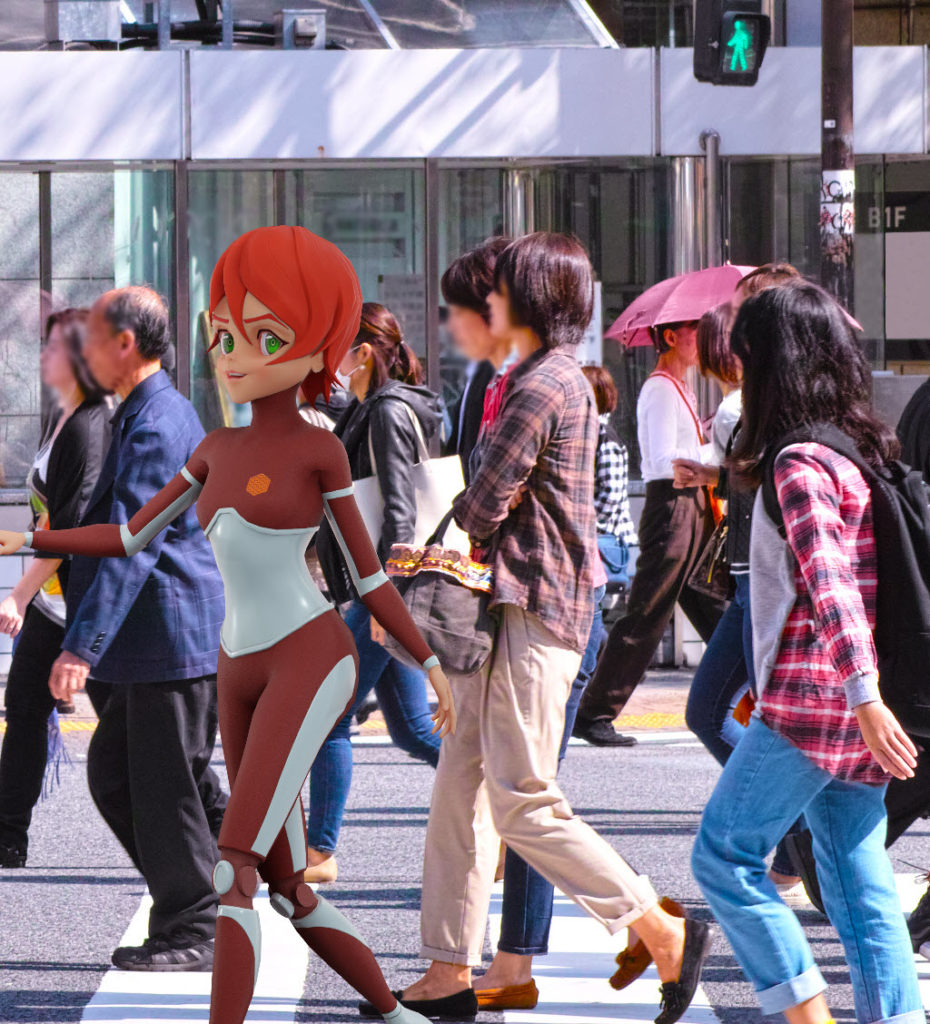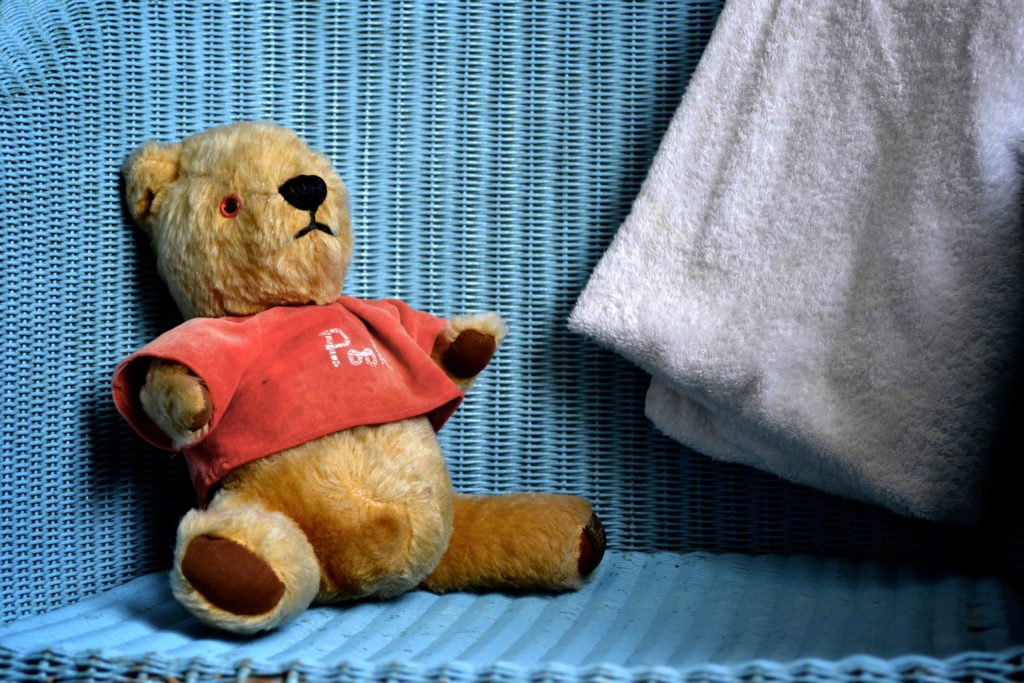Anthropomorphism means giving inanimate objects human characteristics. This personification of toys, pets, and 3D objects, for example, has been the driving force behind the massive character licensing business–currently valued at more than US$300 billion. Creators endow characters with human qualities so consumers will develop emotional connections with them.
Winnie the Pooh is one of history’s most successful licensed characters. In 1926, A.A. Milne bought a teddy bear named after Winnipeg, a real bear, for his son Christopher Robin Milne. A.A. Milne wrote four stories about Winnie the Pooh and other characters called Eeyore, Piglet, Tigger, Rabbit, living in a story world called the Hundred Acre Wood. E.H. Shepard wonderfully illustrated the stories. They were initially written as therapy for A.A. Milne’s traumas after serving in World War I and helped to explain the war itself.
Today, Disney owns Winnie the Pooh valued at an estimated US$6 billion, and is currently the largest licensor of characters, brands, movies, animation films in the world.
How did a few stories written by a father for his child in 1926 become a multi-billion dollar franchise for one of the largest entertainment companies in the world? And what was behind the enduring fascination with Winnie the Pooh and other famous characters? A significant reason is that the creators successfully anthropomorphized their characters, making their delightful personalities and engaging stories relatable and enchanting. I bought the set of limited-edition Winnie the Pooh books, read them to my daughter, watched the series, bought the plush toys, and other all kinds of merchandise. Future parents will likely continue to buy Winnie the Pooh products, and these lovable bear stories will live on for many years to come.
The idea of having a mascot or animated character was so prevalent that this became an economic engine behind some countries, such as Japan. Almost every company in Japan has an inanimate mascot. Japan Airlines’ mascot is the ubiquitous Mickey Mouse. The Mitsui Bank of Japan also used Mickey Mouse as their mascot for over 50 years. Some Southeast Asian countries and Korea and China have followed Japan’s licensing model for the past 30 years. China may soon become the largest licensing market in the world. Even though Chinese companies have a good grasp of the essence of the licensing business, a critical issue is still hampering the industry’s growth—the proper reporting and payment of royalties. Disney claims companies in Asia reported only 50% of their total sales, robbing them of significant royalty payments.
With the recent development of theme parks in China by Disney, Universal, LEGO, and other local developers, consumer licensing will increase. The domestic toy market in China is still undeveloped in terms of distribution and value, focusing on low-priced products. However, edutainment (educational and entertainment) products have commanded higher prices, and the demand is increasing, especially products that speak/teach English. Licensing opportunities for these types of products will likely remain strong. In recent years, the most significant driving force behind licensed products in Asia, especially China, is the growth of the animation industry. Most animation productions are geared towards product placements or endorsements since companies fund animated series to advertise their brands. Media companies are constantly producing new animation films and TV series to drive the growth of their character licensing business. They provide a storytelling platform where they can showcase the personalities and stories of the characters, and the audience can see these animated characters move, talk, and sing in films.
At the licensing shows held several times a year worldwide, new characters and stories are launched and promoted to licensees and marketers. The licensing industry has experienced explosive growth in the past few decades. However, the product landscape has remained essentially the same and mainly centered around toys, books, and lifestyle products. The digital era is finally bringing along a significant shift.
Generation Z is now the most prominent consumer segment with 30% of the global population–a market of two billion people. As a generation, they spend most of their free time playing video games, posting on social media, communicating on messenger apps, and creating and sharing their videos. They are digital-natives and traverse seamlessly between the physical and digital world. Gen Z consumers demand instant gratification and consume primarily visual, interactive, and entertaining content. They expect brands to deliver personalized experiences anywhere, anytime. This dynamic will fundamentally change how brands build engagement and fandom with their characters. Books, films, and other traditional media will still be essential platforms for developing and promoting characters and stories. But building fandom with Gen Z and future digital-native generations will require extending products and services from the physical to the digital world and even to the metaverse. It will no longer be sufficient for characters to be animated; they will need to be engaging, ubiquitous, and deliver personalized experiences.
AI beings are the next-generation consumer interface for brand characters and digital-native fans. AI being characters such as Zbee can interact with their fans autonomously in real-time, anywhere, anytime. The emergence of licensable AI beings adds a new dimension and brings exciting opportunities to the licensing industry. In previous licensing shows, not a single licensing IP owner or licensor mentioned artificial intelligence. Talking toys, digital avatars, and virtual influencers all appeared at the latest global licensing show, but they cannot autonomously interact in real-time and are not ubiquitous. These limitations are why AI beings like Zbee and Sophia beingAI will be game-changers in the coming years.

If anthropomorphism is the driving force behind the licensing business in the past 30 years, AI beings will be the driving force behind the industry in the coming decade. Consumers will no longer need to attribute human characteristics to a licensed product. AI beings will embody human characteristics and be capable of developing millions of personalized relationships with consumers. AI beings will also be a driving force behind the next-generation non-fungible tokens (NFTs), enabling NFT characters to interact autonomously in real-time with people.
At beingAI, we create extraordinary AI beings™ that build long-term engagement and trust with digital-native consumers anywhere, anytime, on any device and media platform. For more information about licensing opportunities, please visit us at beingai.com or contact us at info@beingai.com.
by Lee Chapman, Co-Founder, and President, beingAI

